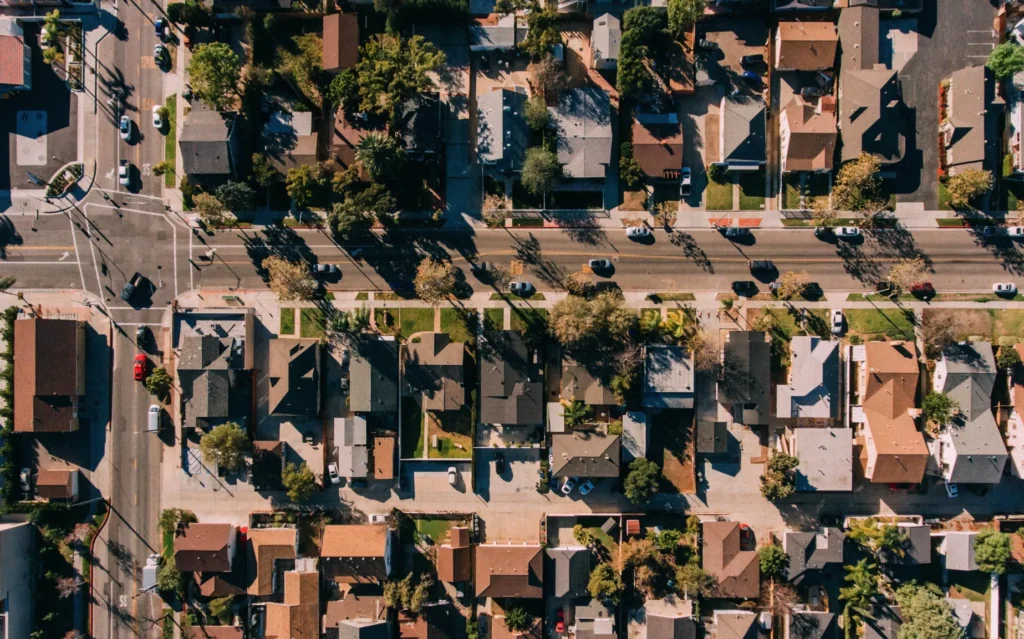
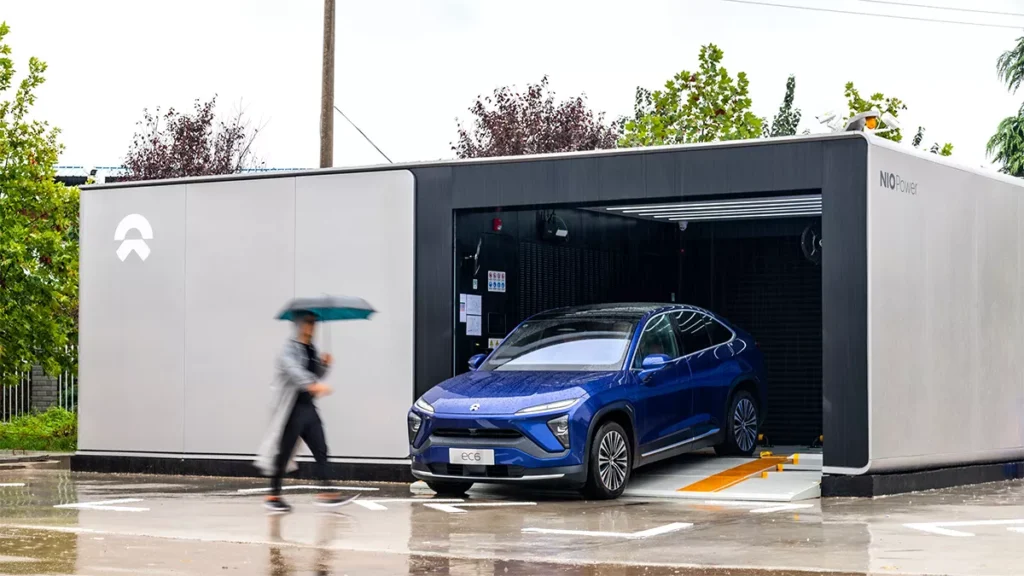
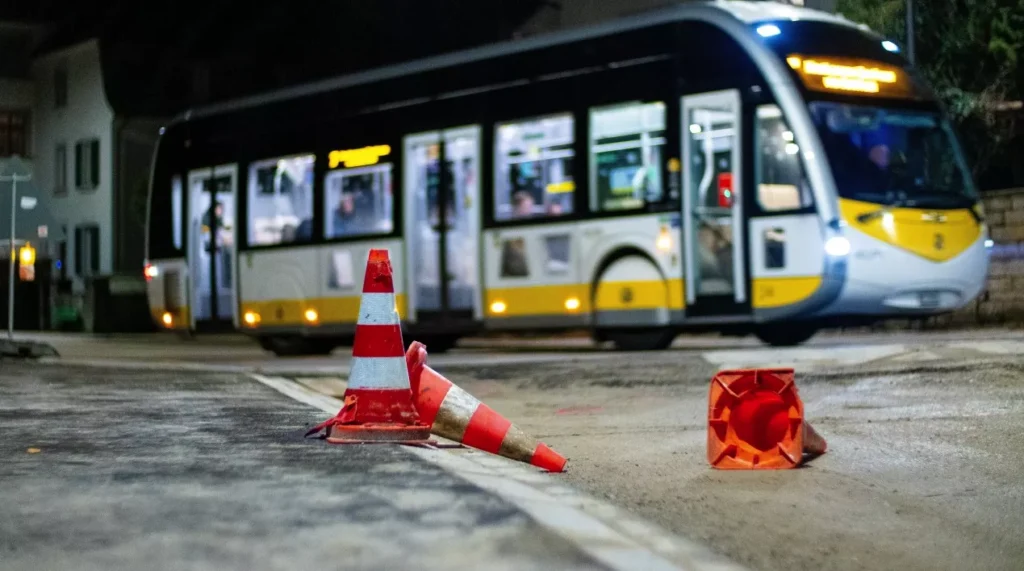







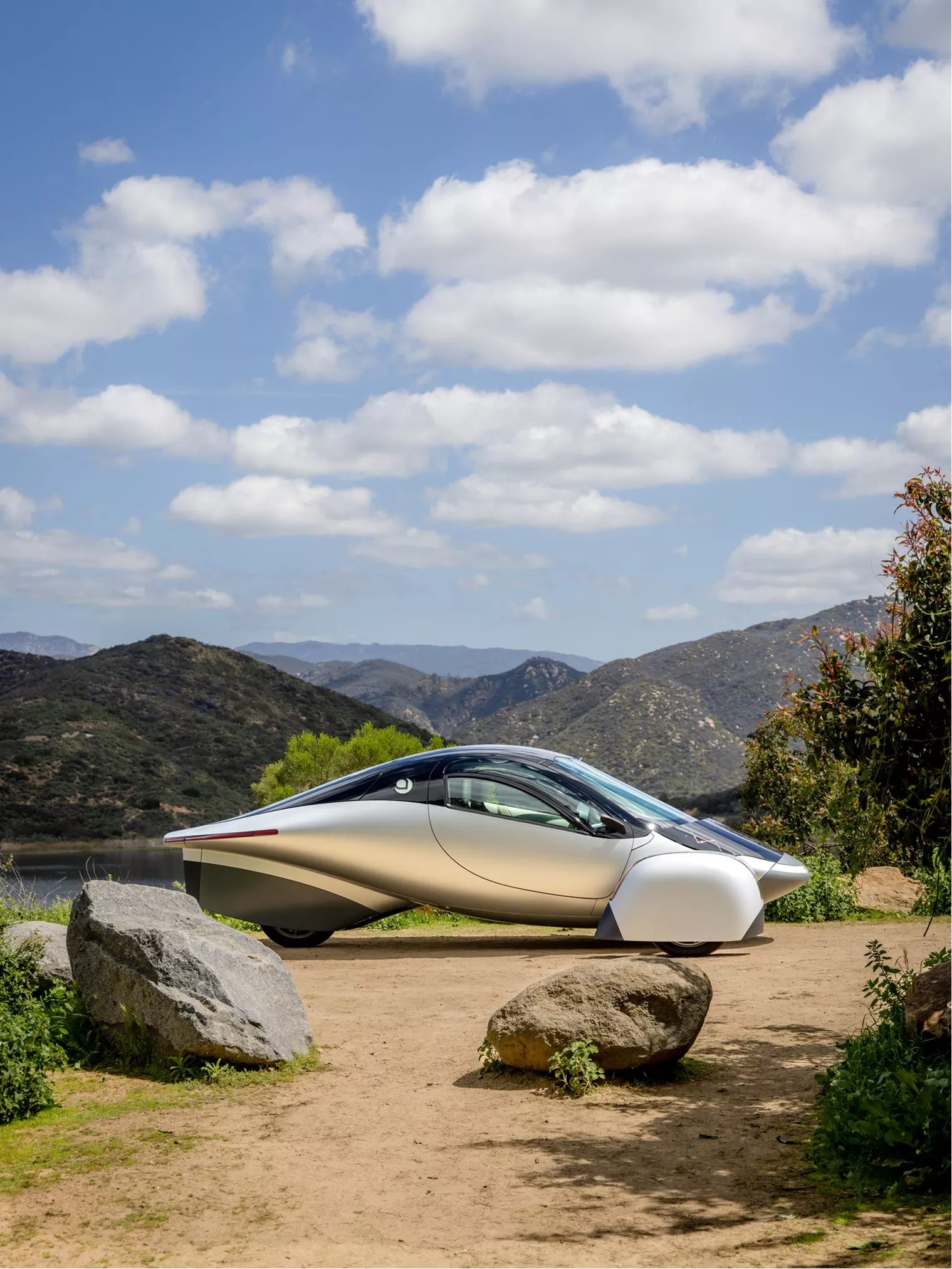
From EVs and batteries to autonomous vehicles and urban transport, we cover what actually matters. Delivered to your inbox weekly.
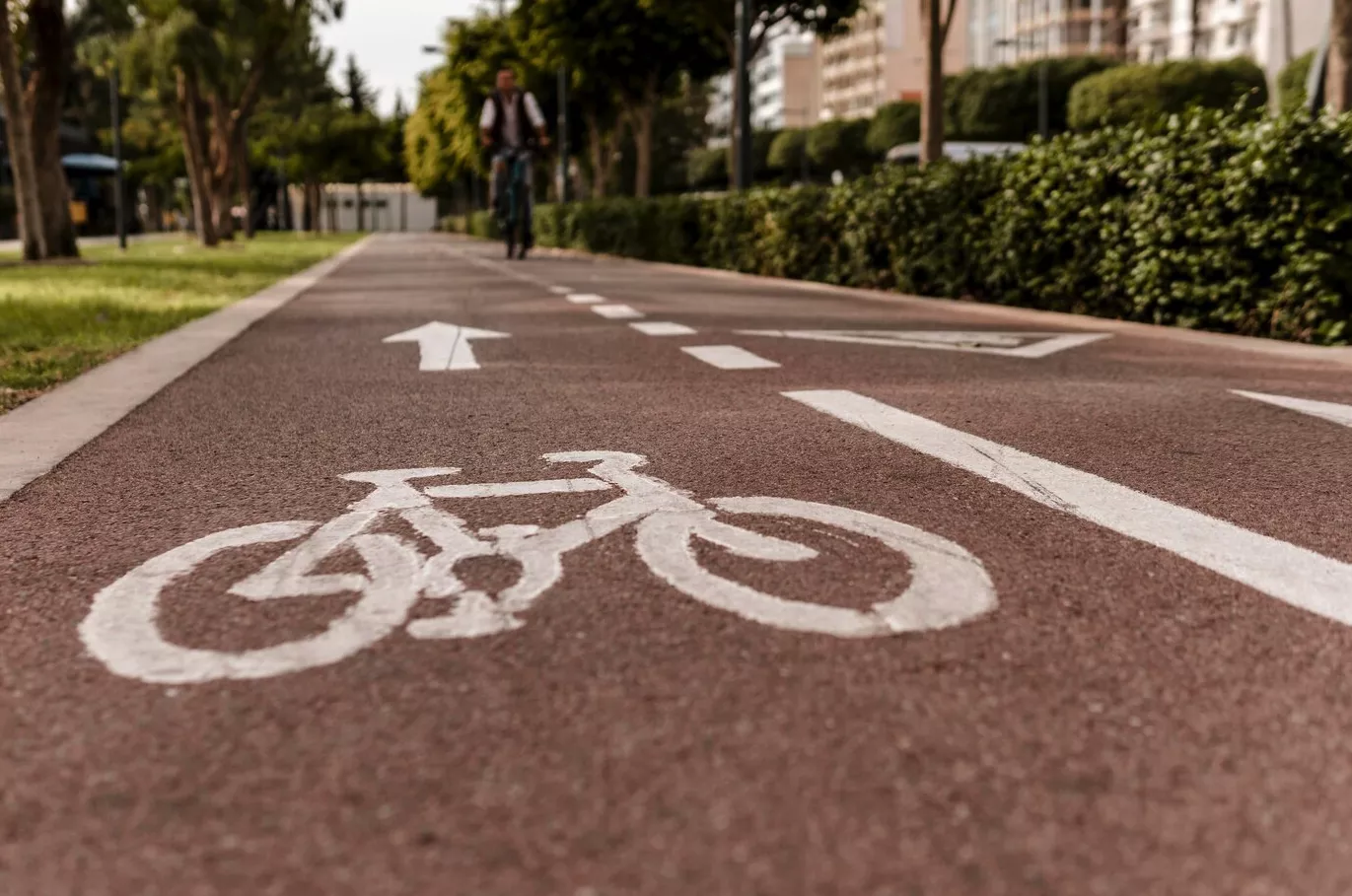
More bike lanes = safer streets, better cities, and cleaner air. But every time one gets built, the backlash is loud.
❌ Drivers say they cause traffic.
❌ Businesses claim they kill foot traffic.
❌ Politicians hesitate to touch them.
Here’s the truth: Bike lanes work. The data proves it. So why is every new one a battle?
In this post, we’re breaking down:
✅ The biggest myths about bike lanes (and the facts that shut them down).
✅ How cities are pushing through resistance and winning.
✅ What’s next for bike lane expansion.
Time to cut through the noise. Let’s go.
Right now, cars dominate urban space, taking up over 70% of city streets with lanes and parking.
Bikes? Pedestrians? They’re left fighting for scraps.
In car-first cities, drivers see bike lanes as a loss of “their” road space, not a necessary safety upgrade.
Here come the usual complaints:
❌ “Bike lanes cause traffic!” → Except they don’t. Cities that added protected lanes actually saw faster car travel times and less congestion as more people ditched cars for bikes.
❌ “No one even uses them!” → False. Copenhagen, Amsterdam, and Paris saw bike ridership double after expanding their cycling networks. Even in the U.S., cities like Portland and New York saw daily bike counts skyrocket after new lanes went in.
❌ “Bike lanes kill businesses!” → The numbers say the opposite. Retail sales jumped after bike lanes replaced parking spots in Toronto, NYC, and London. More bike traffic = more customers stopping in.
But when we fact-check, the data says otherwise.
✅ Bike lanes actually ease congestion → When built correctly, they reduce short car trips that clog up roads.
✅ More safety, fewer injuries → Protected bike lanes cut crash rates by up to 50%.
✅ Businesses thrive → In Toronto’s Bloor Street study, sales went up 4.45% after bike lanes replaced parking.
So, what’s really happening?
This is not a bike lane vs. cars fight. We’re talking about modernizing outdated streets so everyone — drivers, cyclists, and pedestrians — can move safely and efficiently.
Think bike lanes make traffic worse? The data says otherwise.
It’s easy to assume that taking away car lanes would slow things down. But study after study proves the opposite: when cities give people safer ways to bike, fewer people drive — and traffic actually improves.
For instance:
Austin, Texas is going all-in on bike lanes, and for good reason. Their planned network is expected to increase citywide traffic capacity by 25,000 trips per day. All without widening a single road. Instead of building more lanes for cars, they’re making biking a real alternative to short car trips.
Most urban car trips are less than 5 miles, which means they’re perfect for biking. But without safe lanes, most people won’t ditch their car. Protected bike lanes give commuters the confidence to switch.
Here’s a few more stats to analyze, answering the question — what happens when cities build bike lanes? Obviously, traffic moves better. And the data proves it:
🔷 New York City → Streets with protected bike lanes saw a 40% drop in injury crashes — not just for cyclists, but for drivers and pedestrians, too.
🔷 London → Cycle tracks boosted ridership by 50%, getting more people out of cars and reducing overall congestion.
But bike lanes aren’t just for cyclists. They help public transit, too!
When more people bike, fewer cars clog the roads, making bus and tram routes faster and more reliable. For example:
🔷 San Antonio, Texas → The city’s new Bike Network Plan is designed to connect major transit hubs with safe cycling routes, aiming to cut congestion and reduce pollution.
Bike lanes don’t just benefit cyclists. They make entire cities safer, faster, and more efficient for everyone.

For years, bike lanes have been framed as a battleground between drivers and cyclists. But here’s the real story: they’re making cities safer for everyone.
A 13-year study across 12 major U.S. cities found that protected bike lanes slashed road fatalities by 44% and serious injuries by 50% compared to cities without them. And that’s a win for every road user.

Ever heard the argument that bike lanes “only help cyclists”? That’s dead wrong.
✅ Slower vehicle speeds → Adding bike lanes naturally calms car traffic, cutting reckless driving and making streets safer for walkers.
✅ Fewer pedestrian injuries → Studies show that when bike lanes go in, pedestrian crash rates drop significantly.
🇩🇰 Copenhagen → A global cycling leader, Copenhagen’s massive protected bike lane network has slashed cyclist injuries to some of the lowest rates in the world.
🇳🇱 Amsterdam → With 500+ km of dedicated bike paths, Amsterdam has seen traffic fatalities plummet, making cycling safer than ever.
🇺🇸 Portland, OR → The U.S. is catching on. Portland’s protected bike lanes helped cut road deaths by 75% over 20 years.
Bike lanes make entire cities safer, cutting crashes, saving lives, and making streets more livable for everyone. The data is clear: cities that invest in protected lanes get safer, faster, and better for all road users.
So the real question isn’t why add bike lanes? It’s why haven’t we built more already?
Bike lanes spark controversy, but the numbers say: they’re not bad for business.
Businesses fear losing parking spots, but studies show bike lanes actually bring in more customers.
Why is that? It’s simple — car drivers zoom past storefronts. Cyclists stop, shop, and spend.
Before the lanes go in, businesses worry about fewer parking spots. But after? They realize bike lanes bring in more customers. For businesses, resisting bike lanes is a losing game.
Just look at the numbers on this chart below. After the city got rid of extra parking and introduced bike lanes, Broadway’s businesses have bloomed.

Bike lanes are a financial power move for cities. They cut costs, boost local economies, and make urban areas more livable.
The cities that get this right? They’re reaping the rewards.
🚑 Lower healthcare costs
When more people bike, public health improves. Studies have linked higher cycling rates to lower risks of heart disease, obesity, and respiratory illnesses — all of which cost governments billions annually. A U.S. study found that cities with strong cycling networks save millions in healthcare costs each year.
🌍 Cleaner air and lower public health expenses
Transportation is a top contributor to urban air pollution, and poor air quality is directly linked to respiratory diseases. Investing in bike lanes means fewer cars on the road, lower emissions, and ultimately, fewer hospital visits. A report from Project Drawdown found that cycling infrastructure reduces urban air pollution, improving quality of life and reducing healthcare costs.
🚧 Reduced road maintenance costs
Road repairs eat up a massive portion of city budgets—because cars, trucks, and buses put heavy strain on asphalt. Bikes? Not so much. Investing in bike lanes reduces wear and tear on streets, cutting down on repaving costs and long-term infrastructure spending. A study in The Journal of Environmental Law & Regulation found that cities with dedicated cycling lanes spend significantly less on annual road repairs.
Bike-friendly cities are becoming more livable, more efficient, and more competitive on the global stage. Here are a few.

Cities that prioritize cycling consistently rank higher on livability and sustainability indexes. Along with the greener streets, they create stronger economies, healthier populations, and a better quality of life for everyone.
So, the real question poses. Why aren’t more cities making the push?
Building more bike lanes is about shifting public perception. Every major cycling city faced opposition at first. But the difference is — they didn’t back down.
So how do you go from bike lane battles to bike lane success stories? The playbook is clear.
People resist bike lanes until they see the benefits. The biggest roadblock? Misinformation.
📢 “Bike lanes cause more traffic!” (Except they don’t.)
📢 “No one even uses them!” (Until they do.)
📢 “They kill businesses!” (When in reality, they boost sales.)
The fix? Show the numbers.
Cities that invest in cycling infrastructure see:
It’s worth doing public campaigns, gathering social proof, and showcasing real success stories. When people see the data, resistance drops.
Don’t argue — show, don’t tell.
Paris nailed this strategy. During COVID-19, the city launched “corona cycleways”, temporary bike lanes that gave commuters an alternative to crowded public transport.
What happened next? Cycling skyrocketed.
More bike lanes → more riders. It was a no-brainer to make them permanent.
Cities that test bike lanes before making them permanent see less resistance and more buy-in. Try it. Measure it. Scale it.
Bike lanes fail when they’re half-measures.
If they’re unprotected, poorly planned, or not enforced, they won’t work — and critics will use that failure as proof that bike lanes “don’t belong.”
What actually works?
✅ Protected lanes → No more painted “suggestions.” Cities like London are winning with Cycle Superhighways, where bikes get dedicated, safe space on the road.
✅ Traffic calming measures → Lower speed limits, smart road design, and clear signage make streets safer for everyone.
✅ Policy-backed enforcement → Make bike lanes permanent, integrate them into mobility plans, and enforce lane-blocking violations.
The cities that get this right? They win the future.

Every bike lane added is a shift toward a smarter, safer, more sustainable city.
The data is clear on this. When cities prioritize micromobility, people ride more, local businesses thrive, and streets become safer for everyone.
But every single bike lane is a battle.
❌ Drivers push back.
❌ Businesses resist.
❌ Politicians hesitate.
Yet, the cities that stay the course — that invest in cycling infrastructure, enforce traffic-calming policies, and reimagine urban spaces — don’t regret it.
🚴 Paris didn’t cave. Now, cycling is up 54%.
🚴 London doubled bike ridership with protected lanes.
🚴 New York City saw crashes drop after redesigning streets for bikes.
Cities now have two choices:
The future of urban mobility depends on how bold the cities are to finish the job.